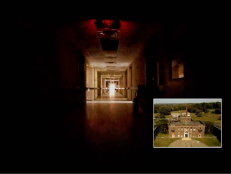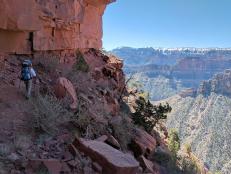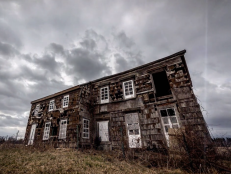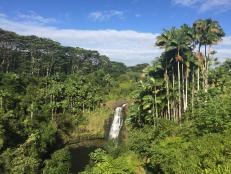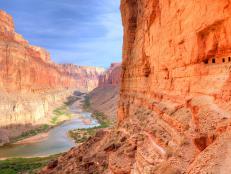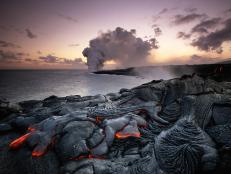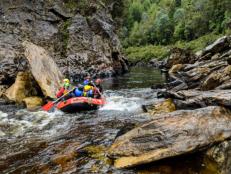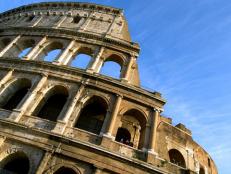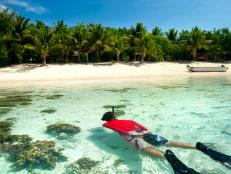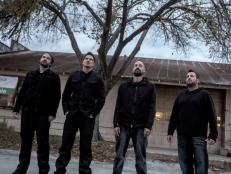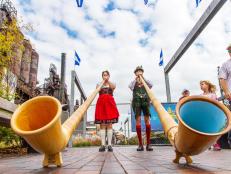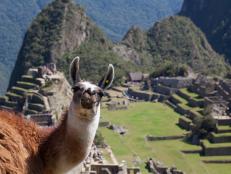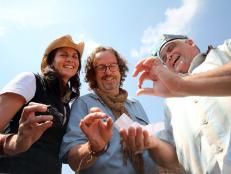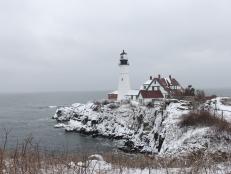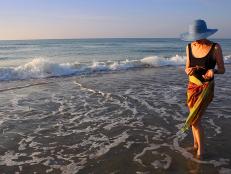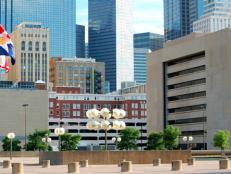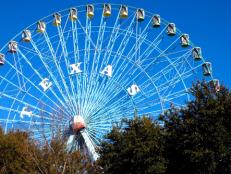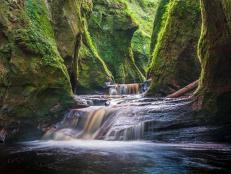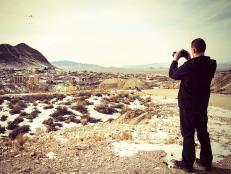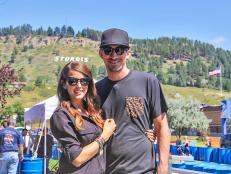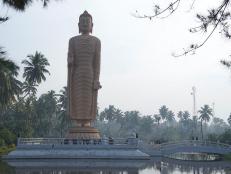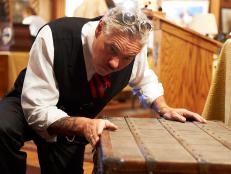Arizona’s Top Alternatives to the Grand Canyon
Get away from the crowds by exploring Arizona’s other amazing attractions.
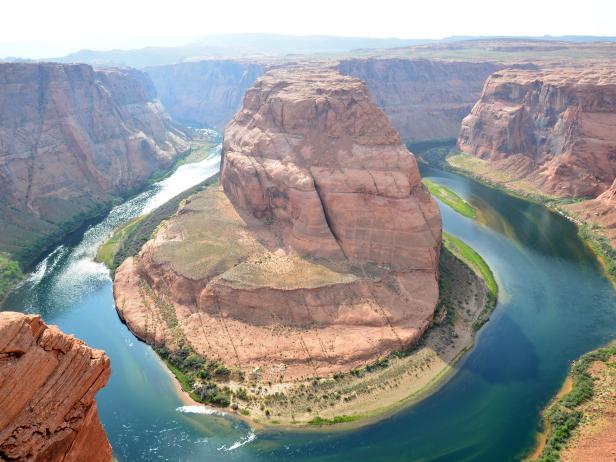
Joe Sills

Windows down, radio up, sunglasses on—these are the first items on every traveler’s checklist for summer. The last line? For millions of travelers in the United States, it’s “the Grand Canyon.”
There’s a reason Arizona’s largest tourist attraction draws over 4.5 million visitors per year. The Grand Canyon is a true marvel of nature, but it’s not the only natural wonder in Arizona worth hitting the road for. In fact, the Grand Canyon State is loaded with more sites to see than just, well, the Grand Canyon.
These are my favorites, each a can’t-miss destination in its own right.
Sunset Crater Volcano
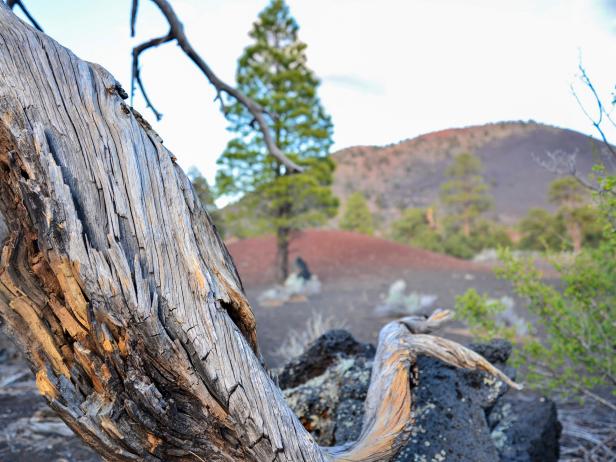
Joe Sills
Rising over 1,000 feet above the pine forest below, this dormant volcano erupted less than a millennium ago. That’s barely a second in geologic time, and the scars of its last eruption are still laid bare for adventurers to see. A 30-minute drive from Flagstaff will put you at the gates of Sunset Crater Volcano National Monument, where you can take a winding road up towards lava fields that are open to hiking via a one-mile loop trail.
Plan your hike around sunset to watch the volcano’s crater glow in the afternoon light, and bring a tent for camping at Bonito Campground, located just outside of the park’s entrance in the Coconino National Forest.
Wupatki National Monument
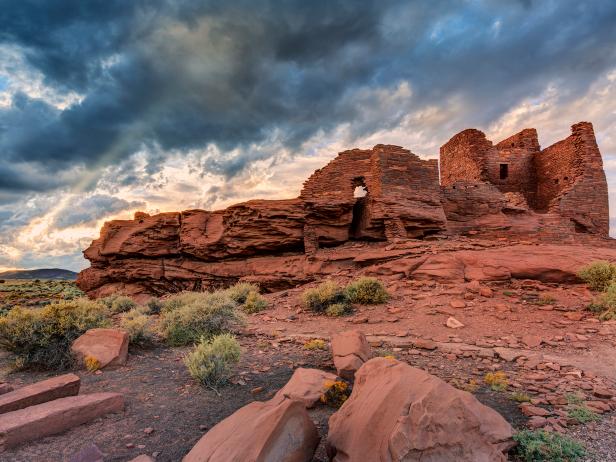
iStockphoto/desertsolitaire
Break camp early and make another 30-minute drive from Bonito Campground to Wupatki National Monument for a look at an ancient Pueblo People dwelling. Take Loop Road back through Sunset Crater instead of US Highway 89 for the best views.
If trekking to Colorado’s Mesa Verde National Park isn’t in your timeline, you’ll be hard-pressed to find a more scenic ruin than Wupatki. The complex is thought to contain what would have been the tallest manmade structure in the area during the 12th century, and its perch atop a rocky outcrop is spectacular in the morning light. As a bonus, you’ll likely be sharing the view with just a handful of other travelers, as most people are hustling by—without a second thought—towards Grand Canyon National Park.
Lake Powell
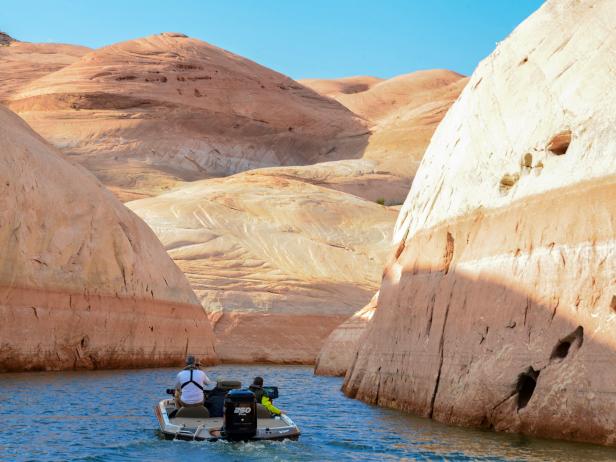
Joe Sills
Located about 4.5 hours from Phoenix on Arizona’s border with Utah, Lake Powell instantly gives visitors what they have to work for at Grand Canyon National Park—the Colorado River. The massive, 254-square-mile reservoir was created in 1966 with the completion of the Glen Canyon Dam, and its unnatural ribbons of clear water coursing through the veins of a once-arid canyon are an indescribable sight. (Don’t take my word for it, take William Shatner’s.)
The best way to experience Lake Powell is on the water. Houseboat rentals are available in Arizona at Wahweap and across the border in Bullfrog, Utah, via LakePowell.com. Fair warning: Houseboats aren’t cheap, so bring a few friends to split the tab. Alternatively, search Airbnb for chartered boats on the lake.
Waking up to a cup of coffee on the water over a mirrored, misty canyon is well worth the spend.
Antelope Canyon
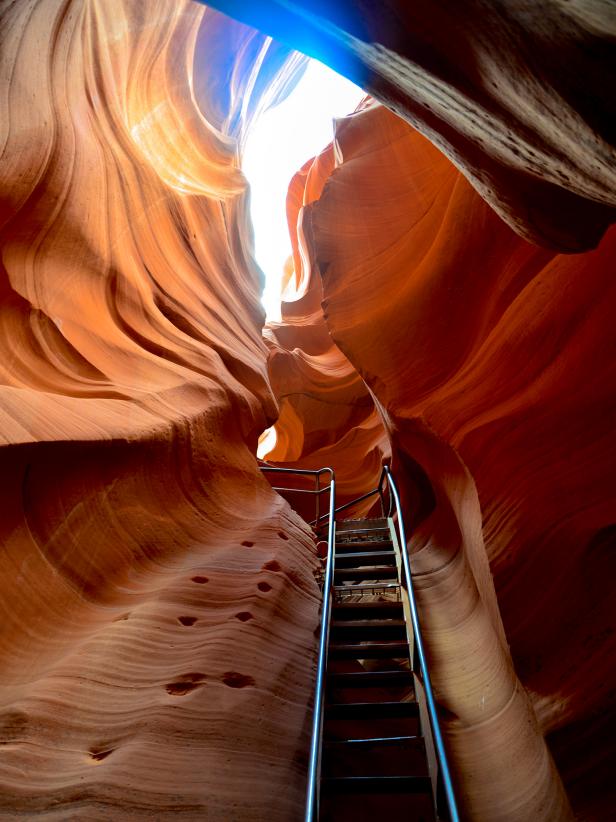
Joe Sills
Located in the borders of the Navajo Nation, just outside of Page, Arizona, and Lake Powell, the famous slot canyons at Antelope Canyon are a photographer’s dream come true. At Antelope Canyon, narrow, metal stairways descend from the desert floor into an unassuming, dark crevice. At their bottom, a world of sandstone and colorful light engulf travelers for a tour of the world beneath the surface.
Antelope Canyon itself is a misnomer. The site consists of both the 660-foot Upper Antelope Canyon and the 1,335-foot Lower Antelope Canyon.
Tours of these well-lit, subterranean realms range from under $20 to almost $200, depending on your preferred mode of transportation and the amount of time you want to spend inside. Peak photography time is between 10 a.m. and 2 p.m., when beams of light descend through the sandstone halls.
The Red Rocks of Sedona
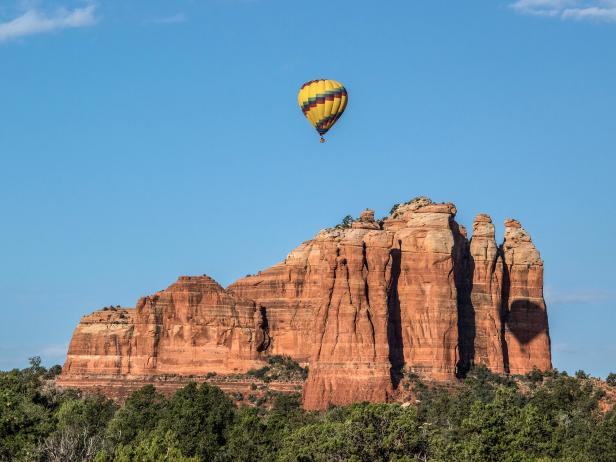
Joe Sills
Luxury travelers will feel at home in Sedona, where resorts like L’Auberge de Sedona and the Kimpton Amara Resort and Spa specialize in relaxation. However, budget travelers shouldn’t fear the fabled spa city, as rooms can still be had in some hotels and Airbnbs for around $100 per night. If you’re in a real pinch, the U.S. Department of Agriculture has a map of campgrounds on this primitive website.
No matter where you choose to sleep in Sedona, the views of its spectacular red rocks are inescapable. The rock outcroppings project hundreds of feet into the sky, striking an incredible contrast with the green valley at their feet. They’re the ultimate backdrop for an evening cocktail or morning mountain bike ride, though the best way to see Sedona’s red rocks may be via hot air balloon. Balloon rides are offered seven days per week, weather permitting.
Afraid of heights? A five-mile hiking trail through the red rocks is accessible at Red Rock State Park just outside of the city.
Monument Valley
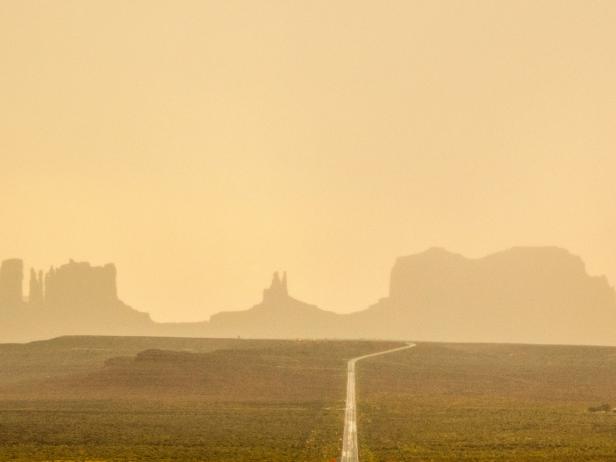
Joe Sills
An area just as spectacular as the Grand Canyon, Monument Valley sits within the borders of the Navajo Nation. Access to this otherworldly portrait of the American West comes via the Monument Valley Navajo Tribal Park. Entry costs just $20 per vehicle, but reaching this iconic destination requires dedication.
Monument Valley is located approximately in the middle of nowhere. Even from small towns like Page (Lake Powell) or Holbrook (The Painted Desert), Monument Valley requires a two- or three-hour drive on the desolate and occasionally primitive roads of the Navajo Nation. This, of course, is one of the joys of reaching its jaw-dropping views.
Private campsites are available near the park, though my vote would be to book a night in an earth house for a unique experience. Backcountry hiking is allowed in Monument Valley, but you’ll need to apply for a permit; the same goes for you, commercial photographers.
For best results bring a 4x4 vehicle, as park rangers will deny access to some of the valley’s best roads even if you’re in a two-wheel drive SUV. Don’t have a 4x4? Rent a horse.
The Painted Desert & Petrified Forest
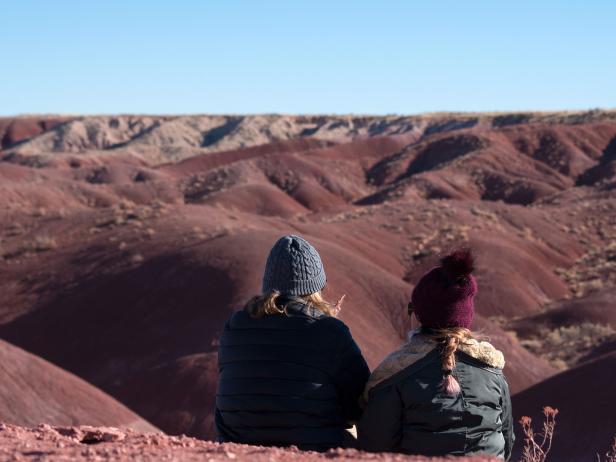
Joe Sills
Immerse yourself in the ghosts of Route 66 in one of America’s most fabled but forgotten national parks. From the one-horse town of Holbrook, make your way east towards along U.S. Highway 180, whose crumbling asphalt mimics the old cross-country byway of Route 66. Twenty minutes outside of town, the fields of crumbling, fiberglass dinosaurs will give way to the gates of Petrified Forest National Park.
One of America’s last—and most worthy—Route 66 pitstops still stands as it has for millennia, a frozen forest of petrified wood bordered by a magnificent, mineral-laden desert of colors from every palette.
Visiting in the morning hours will help you avoid the Arizona heat and the afternoon crowds, so grab a sunrise breakfast burrito at Joe and Aggie’s Cafe before you head out of town. This park is as easy or as difficult as you care to make it, with hiking, driving and horseback tours all popular options.
Organ Pipe Cactus National Monument
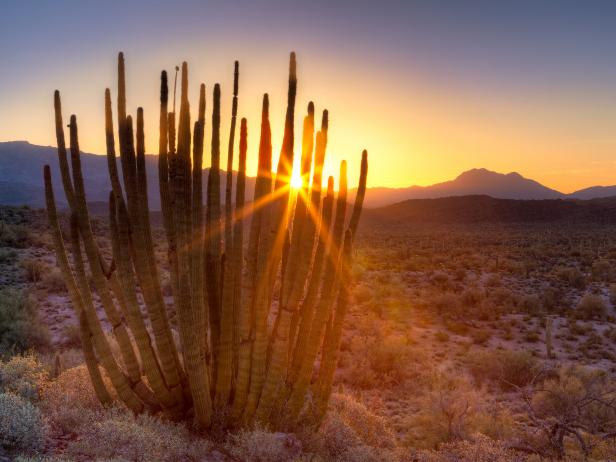
iStockphoto/tonda
Perched on the Mexican border two hours from both Phoenix and Tucson, Organ Pipe Cactus National Monument has the Arizona sunset you’ve been seeking. Here, the iconic silhouette of the American West stands tall and sturdy against the relentless sun of the Sonoran Desert.
Organ Pipe Cacti can live to 150 years of age, and produce beautiful blooms in May and June. However, with average high temperatures around 100-degrees Fahrenheit during those months, you’ll want to bring plenty of water if you plan to see these giants in their full glory. For housing, try one of the two National Park Service campsites within the park, or snag a cabin in the nearby town of Why, Arizona.


